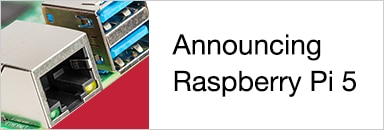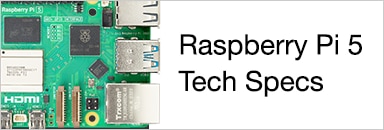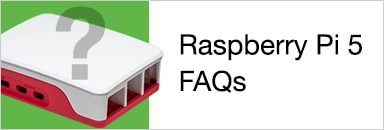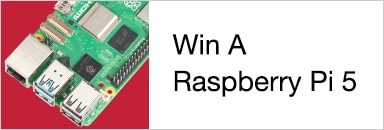Video cable connection. 
Unfortunately, the normal PC monitor—a VGA monitor—does not support connectiv- ity with Raspberry Pi. The Raspberry Pi team, in fact, has thought beyond this and provided the latest and oldest connectivity for video.
The VGA technology is old and the last of its kind. It is fast being replaced with DVI or HDMI. However, almost every TV—old or new—has an audio/ video input socket at its back for con- nectivity with a VCP, VCR, gaming console, etc. Connect one end of an AV cable to this TV video input port and the other end to the yellow ‘TV video output’ on Raspberry Pi. The monitor is ready now. There is also a display serial interface (DSI) output for con- necting to a flat-panel display or tablet. The latest TVs (plasma, LCD and LED TVs) have an HDMI input slot at their back. Just insert an HDMI cable at both ends and your audio and video problems are solved as the HDMI cable can carry both audio and video. Also, Raspberry Pi can produce full- resolution HD pictures at 1920×1080 on the latest HDTV set.
However, for connecting it with a DVI monitor, just use one HDMI- to-DVI plug (available very cheap at electrical and computer stores).
Audio cable connections.
In case you are using a TV, the same TV can be used as audio amplifier for the weak audio signal from the Raspberry board. Get another pair of audio/ video cord, whose one end goes into the left and right audio input socket at the TV end and the other ends meet the Raspberry Pi board with a stereo pin jack. So you are all set with the cable connections.
Keyboard and mouse.
The computer market is replete with USB devices, so finding a USB keyboard and USB mouse is just a child’s play. Connect them to the two USB ports of Raspberry Pi. No order is required, just use any USB port for any device. For connecting additional USB devices, you will need a USB-powered hub. This kind of hub has a separate power supply of its own.
Power supply.
The Raspberry requires 5 volts and 1 ampere but it works fine at 5 volts, 0.7 ampere. You can even run it well on four dry pencil cells (4×1.5 = 6 volts). But more than 6 volts may damage the Raspberry Pi beyond repair.
The supply goes to the board through a mi- cro USB power connec- tor that normally comes with a smart phone charger from companies like Samsung and LG. However, if you are a Nokia user, don’t worry. Go to the local mobile store and get the adaptor shown in Fig. 3. That’s in fact good, as the chances of damaging the on-board power socket are minimised. Besides, you can power the Rasp- berry Pi from most of the mobile chargers as majority are 5V, but do check the voltage rating before connecting them. Take caution, never try to power a Raspberry Pi board from another USB port of a computer as this will result in mal- function of the board.
Storage device. Now you are ready with all the basic peripherals for the Raspberry Pi, except
the storage device. For storage, Raspberry Pi uses ordinary SD cards. These days SD cards come very cheap. If you have a microSD card, just get a micro-to-SD adaptor (from a mo- bile store or computer store) and insert the microSD card into the adaptor and you are done. A 2GB card is fine, but
4GB is recommended. However, you can buy as large as 32GB SD card for the Raspberry Pi board.
Visit the Raspberry Pi Group and Accessories Group for more activites and related products.
Original copy written by Somnath Bera for electronics for you April edition










